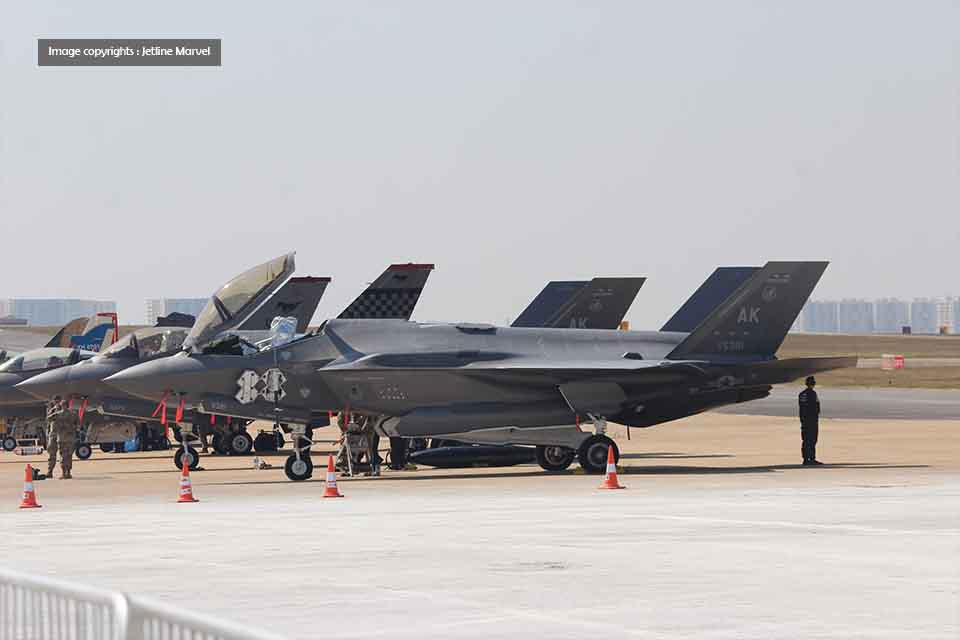Uncategorized
NATO and the F-35 Face Rising Cyber Threats

In an age where wars are no longer fought solely on land, sea, or air—but across invisible digital front lines—cybersecurity has become as vital as missiles and stealth technology.
And nowhere is this shift more evident than in NATO’s latest military exercises and the growing focus on advanced platforms like the F-35 fighter jet.
A Wake-Up Call in the Czech Republic
In April 2025, a major NATO cyber exercise held in the Czech Republic revealed a chilling possibility: a well-coordinated cyberattack could cripple allied defenses within hours. The five-day event, conducted from April 7 to 11, tested the alliance’s Virtual Cyber Incident Support Capability—a key digital response unit designed to help nations during cyber crises.
But the results showed vulnerabilities in NATO’s digital infrastructure, raising alarms about the growing threat from cyberattacks—not just from rogue hackers but from state-backed cyber forces of countries like China and Russia.
The F-35: Smart, Stealthy, and a Cyber Target
At the heart of this digital battleground lies one of the most advanced fighter jets in history—the Lockheed Martin F-35 Lightning II. Its Block 4 upgrade, introduced in 2024, turned this stealth aircraft into a flying supercomputer.
Powered by an Integrated Core Processor capable of handling 20 trillion operations per second, the F-35 now relies more than ever on software to operate its sensors, weapons, and communication systems.
But this sophistication comes at a price: the more connected it becomes, the more exposed it is to cyber threats.
The New Frontline: Code, Not Combat
As military systems—from fighter jets to naval fleets—become increasingly digitized, the battlefield is shifting. Navigation, targeting, communications, and decision-making all run on complex software that can be hacked, jammed, or disabled.
The F-35’s advanced digital capabilities make it a prime target for adversaries looking to exploit software vulnerabilities. And if a single jet can be compromised, entire squadrons, fleets, or operations could be disrupted.
Cybersecurity: Now a Core Defense Strategy
For NATO, the United States, and allied nations, cyber defense is now just as critical as air superiority or nuclear deterrence. Massive investments are being poured into cyber incident response, digital war games, and AI-driven threat detection to prepare for a new kind of warfare—one where the battlefield might just be a line of code.

